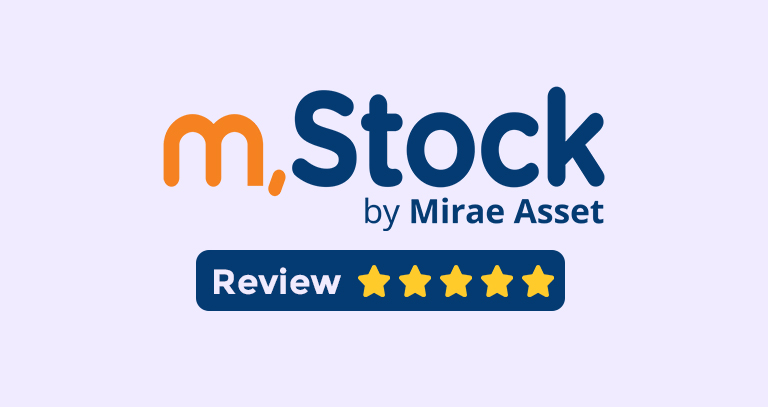Finance is the compass that guides our journey through the labyrinth of opportunity and risk, helping us navigate toward our financial aspirations.
Over recent years, the financial landscape has undergone a profound transformation, and at the heart of this revolution is the advent of Decentralized Finance, often abbreviated as DeFi. DeFi represents a seismic shift in the world of finance, a paradigm shift aimed at dismantling the traditional intermediaries and ushering in a financial system that is more inclusive, transparent, and readily accessible to all. In this article, we embark on a journey to unravel the intricacies of DeFi, delving into its fundamental concepts, enumerating its advantages, highlighting potential pitfalls, and contemplating how it might reshape the future of finance.
Decoding DeFi: An Overview
At its core, DeFi, or Decentralized Finance, is a collective term referring to a suite of financial services and applications built on blockchain technology. Unlike conventional finance, which leans heavily on centralized entities like banks and intermediaries, DeFi operates on a decentralized framework, leveraging smart contracts on blockchain networks such as Ethereum.
Finance: Exploring DeFi’s Pillars
Smart Contracts
These are self-executing agreements with terms encoded directly into their code. They autonomously execute transactions when predefined conditions are met, circumventing the need for intermediaries and facilitating trustless interactions.

Decentralized Exchanges (DEXs)
DEXs enable peer-to-peer cryptocurrency trading without the necessity of a centralized exchange. Esteemed examples include Uniswap and SushiSwap, which offer users a platform for seamless token swaps.
Lending and Borrowing
DeFi platforms empower users to lend their assets to others, earn interest, or borrow assets against collateral. Leading the charge in this space are platforms like Aave and Compound.
Yield Farming and Liquidity Provision
In DeFi, users can provide liquidity to DEXs, thereby aiding in the smooth functioning of these platforms, and in return, they earn rewards in the form of interest or tokens. Yield farming, a strategic approach, lets users maximize returns by participating in various DeFi protocols.
Finance: The Bountiful Harvest of DeFi
DeFi offers a treasure trove of benefits that beckon us toward its embrace:
1. Financial Inclusion
DeFi extends financial services to anyone with an internet connection, effectively dismantling the barriers that have excluded the unbanked and underbanked populations from the traditional financial system.
2. Transparency
Transactions on the blockchain are etched in immutable records, endowing a higher degree of trust and accountability to the ecosystem.
3. Cost-Efficiency
By excising intermediaries from the financial equation, DeFi ushers in a significant reduction in transaction fees and operational overheads.
4. Accessibility
DeFi operates 24/7, allowing users to access financial services at their convenience, unfettered by the constraints of traditional banking hours.
5. Innovation
DeFi’s open-source ethos fosters an environment ripe for innovation, fueling the creation of novel financial products and services that cater to a diverse range of needs.
Finance: Navigating the DeFi Maze: Risks and Challenges
As enticing as the promises of DeFi are, they do not come without their share of perils:
1. Smart Contract Vulnerabilities
Bugs or vulnerabilities in smart contracts can result in the loss of funds. Therefore, it is paramount to exercise caution and undertake due diligence when engaging with DeFi platforms.
2. Regulatory Uncertainty
The regulatory landscape surrounding DeFi is in a state of flux, with changes in regulations potentially impacting its operation and accessibility.
3. Market Volatility
DeFi assets are often characterized by high volatility, exposing users to significant price fluctuations during their involvement with DeFi protocols.
4. Lack of Consumer Protection
Operating in a decentralized fashion, DeFi places the onus of security and risk management squarely on the shoulders of users themselves.
The Road Ahead: Envisioning the Future of DeFi
The trajectory of DeFi is undeniably promising, with its march toward mainstream adoption and evolution continuing unabated. As the technology matures, we can envisage the following developments:
1. Enhanced User Experience
DeFi platforms will undergo refinements to become more user-friendly, lowering the barriers to entry and making it more accessible to a broader audience.
2. Cross-Chain Compatibility
DeFi protocols will expand their horizons to operate seamlessly across multiple blockchains, augmenting interoperability.
3. Regulatory Clarity
As governments and regulatory bodies adapt to the evolving DeFi landscape, we can anticipate the emergence of clearer guidelines and regulations, which might provide users and developers with greater certainty.
4. Fortified Security
The ongoing efforts to bolster security and auditability within the DeFi ecosystem will serve to mitigate the risks associated with smart contracts. a
Rundown
DeFi stands as an exhilarating and transformative force in the realm of finance, promising a decentralized alternative to traditional banking and financial services. While the allure of DeFi is undeniable, it is imperative to approach it with a measured degree of prudence, conduct comprehensive research, and possess a clear understanding of the potential hazards. As the DeFi ecosystem continues to mature and evolve, it holds the potential to reshape the financial landscape, offering greater financial inclusion and accessibility to individuals across the globe. Stay informed, exercise responsible engagement, and embark on an exploration of the dynamic universe that is decentralized finance.




